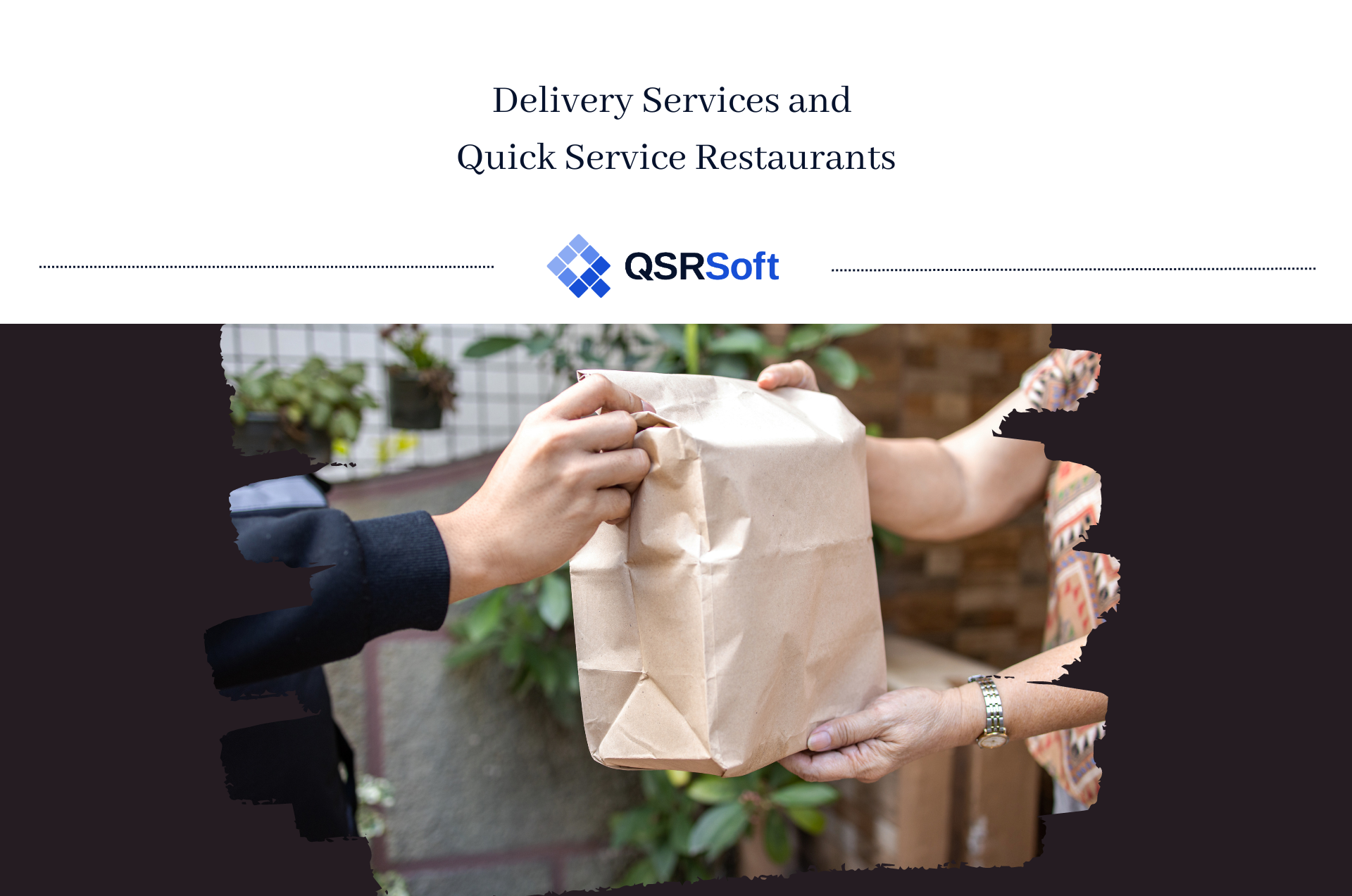Third-party delivery services aren’t going away, even post-pandemic. Consumers love the convenience of having their food delivered to them instead of waiting in line at a quick-service restaurant. It’s so popular that the number of people using meal delivery apps is expected to reach 2.64 billion by 2027 – yes, that’s billion with a ‘B’!
You can’t afford to leave that kind of money on the table, so adding delivery services to your menu of options is essential in today’s quick-service restaurant world. Here’s what you need to know about these third-party delivery services and how to make them work for your quick-service restaurant.
What are My Options?
Third-party delivery may be the most popular, but it’s not your only option for bringing food to your customers’ door. Here are your alternatives:
- Phone Ordering System: This old-fashioned approach requires a team member to deliver the meal to the customer, taking them away from your quick-service restaurant’s premises, not to mention the costs for gas. This method isn’t the most efficient, especially considering that 76% of Millennials report having “phone anxiety,” making them reluctant to use this service.
- Bespoke Digital Ordering System: Setting up your own custom digital ordering platform would be ideal, but it demands significant resources for both building and operating it. While you may save money in fees in the long run, it takes a while to recoup the upfront costs.
- Third-Party Meal Delivery Services: The final option involves using a third-party meal delivery app, such as Uber Eats and Grubhub, among others. These apps help restaurants sidestep the logistical issues of delivering food, but you will have to pay these companies a fee, usually a percentage of the sale, for the delivery.
How do Delivery Services Work?
It’s pretty simple. Customers place their food orders from restaurants online or through the third-party app. The entire transaction, from ordering to payment, occurs on the partner platform. Your quick-service restaurant then prepares the food, and a delivery driver or biker picks up the order and delivers it to the customer. The third-party company earns money by charging a commission fee on every order, usually 15% or more. They process the payments and make payouts to restaurants typically on a weekly basis.
What are the Main Third-Party Delivery Service Platforms?
Currently, the biggest platforms in the delivery service game include:
- Uber Eats: with an extensive customer base and global presence
- DoorDash: holding a strong share in the U.S. market and known for its efficient delivery and wide coverage
- Grubhub: offering a range of partnership options and services to restaurants
- Postmates: acquired by Uber in 2020, known for delivering more than just restaurant meals, such as groceries
- Seamless: owned by Grubhub and popular in some urban markets, especially New York City, appealing to those targeting specific markets
What are the Pros and Cons of Using a Delivery Service?
There is no perfect system or option, and there are always pros and cons to using a third-party delivery system. Let’s take a look at some of them.
Pros of Using a Delivery Service:
- Ease of Use: Partner platforms handle the ordering process, payments, and delivery, making it convenient for both consumers and restaurants.
- Speed: Integrating with your POS system means you can be up and running quickly.
- Lower Upfront Costs: With no need to build your own digital ordering system, you have fewer upfront costs to worry about.
- Staffing: Using a third party for delivery means you don’t have to take staff away from your quick-service restaurant to deliver the food.
- Visibility: These platforms can expose your quick-service restaurant to new customers as many people search the ordering app by the food they are craving. It’s not uncommon for consumers to discover new favorite restaurants this way.
Cons of Using a Delivery Service:
- High Fees: Perhaps the most significant drawback, fees amount to 15% or even up to 30% of each order, significantly cutting into your profit margins.
- Broken Trust: There have been reports of some of these companies engaging in unsavory activities, such as obscuring facts about their fee structures.
Final Thoughts
Takeout and delivery aren’t going away, even as customers have started dining in again. Convenience remains the biggest draw. While there are pros and cons to using a third-party delivery service, tapping into this movement could be profitable for your quick-service restaurant. It’s up to you to weigh your options and make the right decision for your brand!


